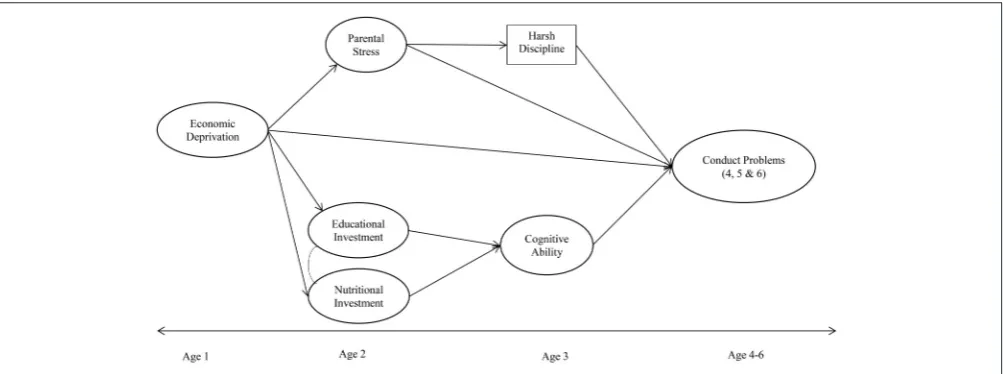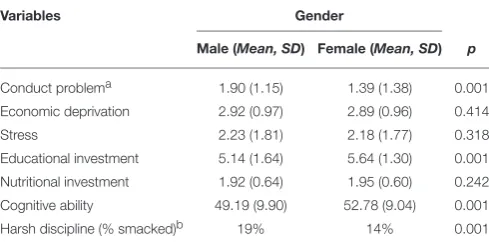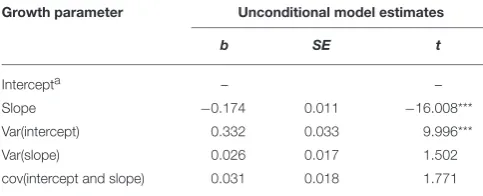Economic deprivation and its effects on childhood conduct problems : the mediating role of family stress and investment factors
Full text
Figure




Related documents
Ad- ditional user programs take care of user-type entering and searching data in the database, for planning and course control and tool terms in a tool shop and for monitoring
Philippa Pettingill: drafting/revising the manuscript, study concept or design, analysis or interpretation of data, accepts responsibility for con- duct of research and final
sn-glycero-3-phosphothioethanol-hydrazone-poly(ethylene glycol) 3000 ; DsPe-Peg 2000 -rIPl, 1,2-distearoyl-sn-glycero-3-phosphoethanolamine-poly(ethylene glycol) 2000 -rIPl
If you fit a GLM with the correct link and right-hand side functional form, then using the Normal (or Gaussian) distributed de- pendent variable instead of a Gamma will probably
The inclusion of this interaction term and hence the explicit test of moral hazard extends the model in Wheelock (1992). That study found that insured banks had a greater probability
The study (O-VFStudy) subjects comprised 39 Japanese, who moreover underwent both fat computed tomography (CT) scan and 64-row MSCT coronary angiography (GE-LightSpeed VCT) in
As showed in Table 4, p OL and p OF are the numbers of objects in the original decision rules of the leader and the follower respectively (Refer to Step 1 of Algorithm
additional insight into the changes in children’s nutrition-related behaviors observed at home. Parents of intervention children reported observing their children eat more FV,
